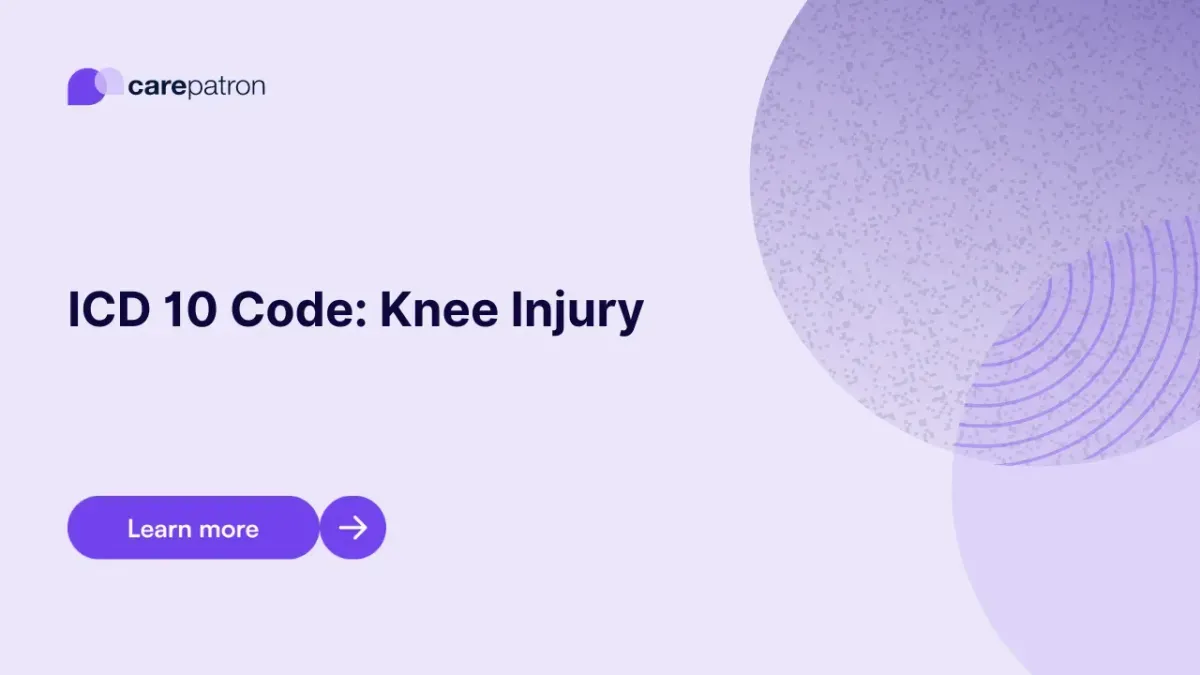
Knee Injury ICD-10-CM Codes
Learn about the ICD-10 codes you can use for knee injuries through this guide.
Use Code
Commonly asked questions
ICD-10 codes play a crucial role in categorizing knee injuries for medical billing. Choosing the appropriate ICD-10 code ensures proper reimbursement for patients' medical costs. Selection of the right ICD-10 code hinges on the specific injury type and severity. Examples of common codes include those for contusions, abrasions, dislocations, sprains, and pain in the knee. These codes should be applied during initial visits and subsequent appointments for the same knee injury.
Knee injury treatments are tailored to the injury's type and severity. Strategies include resting the knee, using ice, compression with elastic bandages, and elevation to manage pain and swelling. Physical therapy improves knee strength and mobility, while surgery might be necessary for severe injuries like torn meniscus or ACL issues.
Diagnosis codes for knee injuries are numerical identifiers that characterize injury type and severity for billing and reimbursement purposes. These codes also contribute to tracking the prevalence and frequency of knee injuries, aiding in refining prevention and treatment strategies.
EHR and practice management software
Get started for free
*No credit card required
Free
$0/usd
Unlimited clients
Telehealth
1GB of storage
Client portal text
Automated billing and online payments
